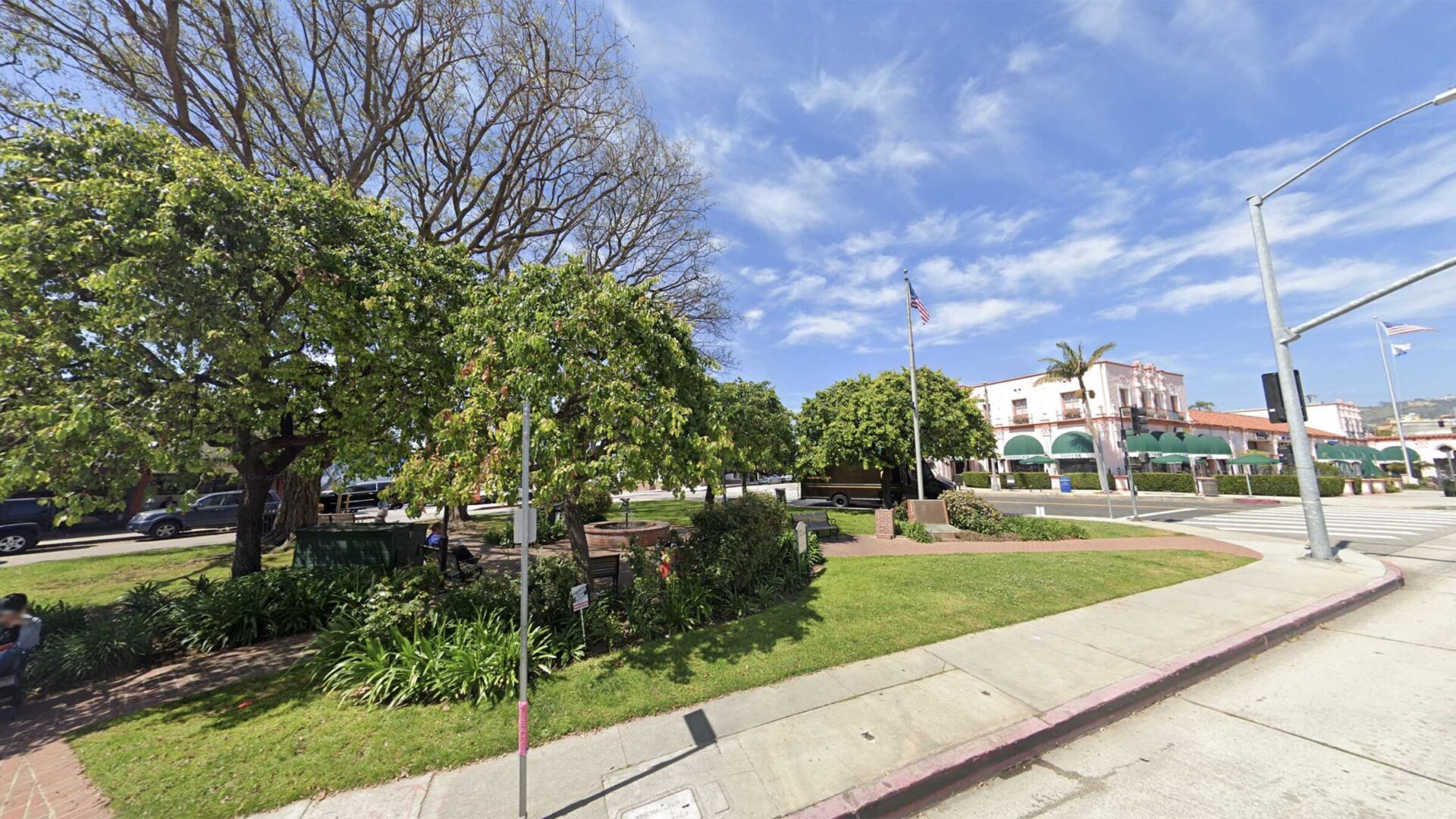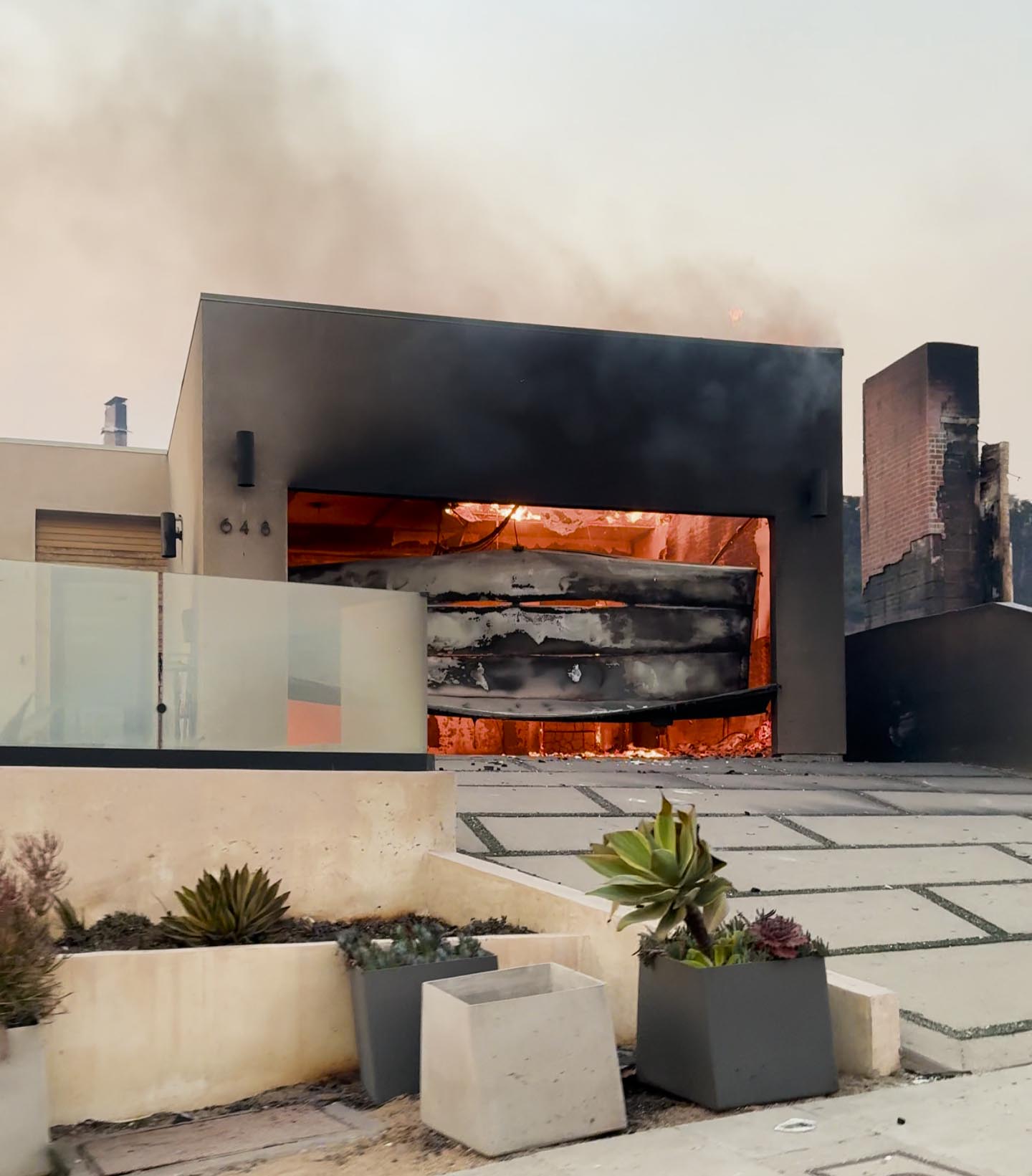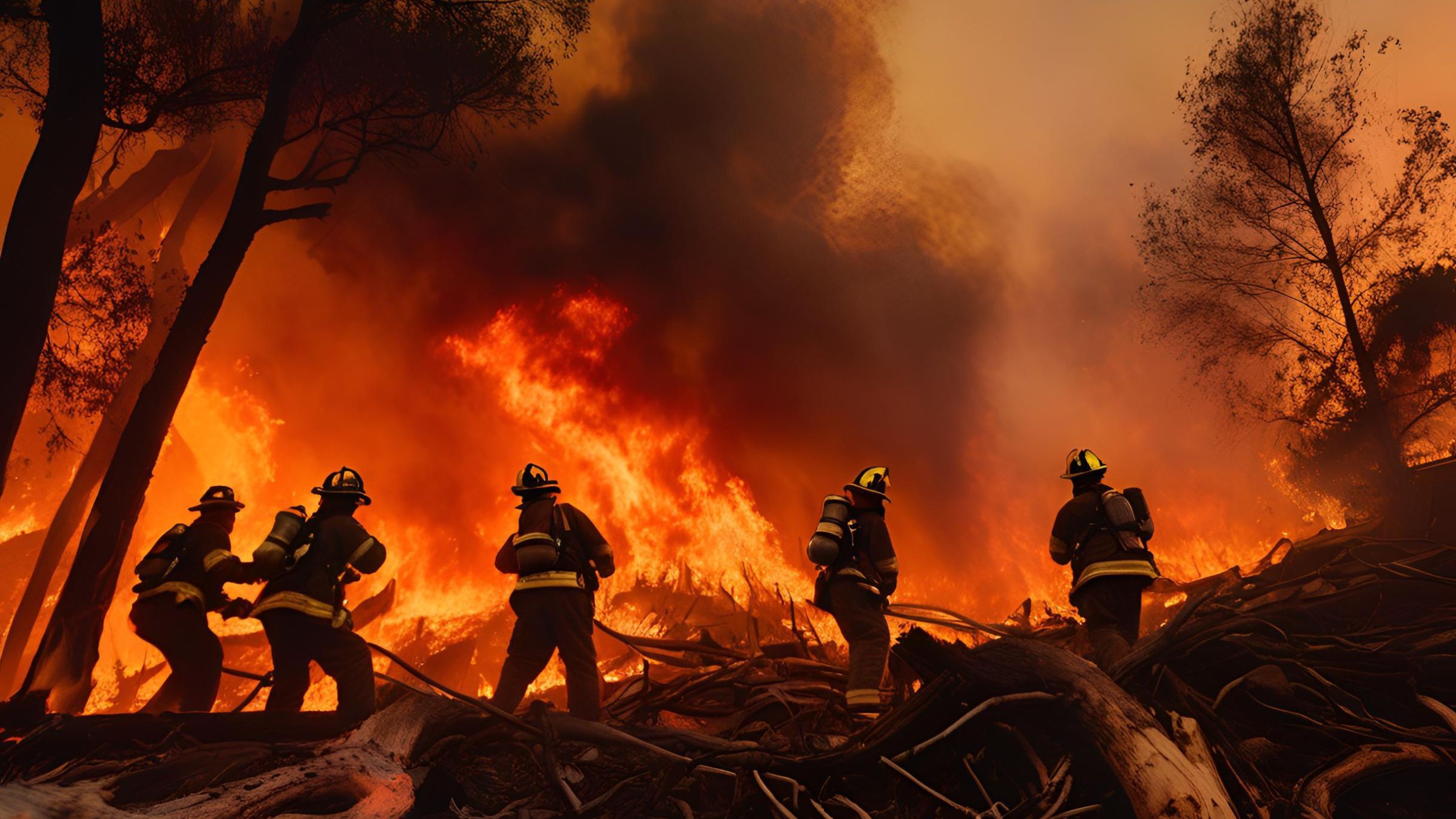Here are five crucial land-use victories since 1972
Residents of Pacific Palisades have always treasured the unique location of their town, close to urban Los Angeles yet tucked between the Santa Monica Mountains and the Pacific Ocean. Fortunately, over the decades, many of these citizens knew that in order to protect and strengthen the quality of life here, they had to become actively involved in the community and support various grassroots campaigns.
My wife, Pam, and I have witnessed the success and vitality of this activism since October 1972, when we moved here from New York. I quickly learned that a fundraising campaign was underway to build the Village Green and citizens were forming not only a Community Council but a Historical Society and the Temescal Canyon Association (a group that sought to keep a developer from building a driving range in the canyon). This was indeed a seminal year in Pacific Palisades history as these new organizations began inspiring hundreds of residents to volunteer their time and resources on behalf of the community.
When I served as editor-in-chief of the Palisadian-Post from 1993 to 2013, we wrote about the various grassroots campaigns that helped save the town’s character since its founding.
Creating the Village Green
The triangular parcel at the intersection of Sunset, Swarthmore and Antioch was initially a small park across from the historic Business Block building, only to be converted into an unsightly Standard service station in 1945.
WhenStandard Oil opted not to renew its lease in 1972, residents rallied to raise more than $70,000 to buy the property, raze the gas station and construct the Village Green. The community-owned park was formally dedicated on August 17, 1973, and has been financed and maintained ever since by a nonprofit committee that relies entirely on donations.
The Triumphant No Oil! Campaign
When Proposition O was defeated by a citywide vote in 1988, it ended a grueling and expensive 20-year campaign to keep Occidental from operating slant-drilling oil platforms at the base of the Via de las Olas bluffs, across PCH from Will Rogers State Beach. As the LA Times noted after the vote,
“Los Angeles voters handed Occidental Petroleum Corp. a stunning defeat by narrowly approving Proposition O, which repeals three ordinances authorizing the oil giant to drill in Pacific Palisades.”
Three years earlier, “the City Council and Mayor Tom Bradley granted Occidental authority to sink up to 60 wells on a two-acre site” near Potrero Canyon, the Times wrote.
Voters endorsed the initiative sponsored by Councilmembers Zev Yaroslavsky and Marvin Braude to protect the coast, and years later, the new 22-mile bike path from the Palisades to Redondo Beach was named, appropriately, for Braude.
In 1989, attorney Roger Diamond won Citizen of the Year honors for his leadership role in the Palisades-based No Oil! campaign. Had this effort failed, our local coastline would be plagued today by oil derricks along PCH—and likely out in Santa Monica Bay.
“Don’t Mall the Palisades!”
In 1982, real estate developer Rohit Joshi made a $4.5-million cash offer for the landmark Business Block building—built in 1924 at the intersection of Sunset, Swarthmore and Antioch. He said he intended to raze the Spanish Colonial building to make way for a $22-million, a three-story shopping mall with underground parking. But he later admitted he was unprepared for the uproar that ensued, culminating in a mass rally on the Village Green that was organized by Joan Graves.
She later said, “We got most of the celebrities in the Palisades organized (including her husband Peter, Ted Knight, Dom DeLuise, Walter Matthau and John Raitt), rented a big stage and closed Swarthmore for our rally. We had bands and singers, and speeches about why it was important to save the building—and we made it on the evening news!”
When Joshi ultimately backed out of the deal, Graves and her supporters convinced Topa Management to purchase the aging structure in 1983, bring it up to earthquake standards and give it a fresh paint job. In 1984, the building was declared a City of Los Angeles Historic Cultural Monument and rededicated. Decades later, the pink building remains a thriving centerpiece in the heart of town—diagonally across from Caruso’s Palisades Village, a mall that opponents couldn’t halt. It opened in September 2018.
Defeating the Proposed Reseda-to-the-Sea Highway
Back in the 1950s, as the Los Angeles area began acquiring freeways (the Pasadena, the Hollywood, the Harbor and the Santa Ana), highway engineers envisioned a network of new freeways. Some were built (such as the 10 and the 405), and others were shelved (most prominently the Beverly Hills freeway, connecting the 10 and the 5).
Of all the road proposals, the most menacing to Pacific Palisades residents was the one that would have climbed from the end of Reseda Boulevard over the mountains and down through either Rustic Canyon or Temescal Canyon to Sunset Boulevard. That’s one reason why Temescal Canyon Road was built as a wide roadway, in anticipation of the day when it might be handling beach traffic from the San Fernando Valley.
Fortunately, eagled-eyed Palisadians (and other activists) learned that the Reseda highway would cross L.A. County Sanitation District land identified as feasible landfill sites, and they helped convince the City Council to kill the plan in 1977. Yet still, in 1991, the road was still on City Planning maps–until Councilman Marvin Braude finally managed to get it erased.
Securing a 35-Ft. Height Limit for Buildings along Sunset
Starting in 1987, Sunset Corridor residents (between El Medio and Marquez Avenue) waged a five-year battle that finally secured a 35-ft height limit on multi-unit buildings along this designated scenic highway.
Alarmed by the proliferation of luxury condominium buildings going up next to single-family homes, octagenarian Harold Waterhouse (joined by cinematographer Lloyd Ahern) spearheaded the drive. Joan Graves, former chairman of the Community Council, warned that Pacific Palisades could become a high-rise Westwood.
“We don’t need another Wilshire corridor stretching relentlessly to the sea,” she told the City Council before it voted in September 1992 to impose the 35-ft. limit.



